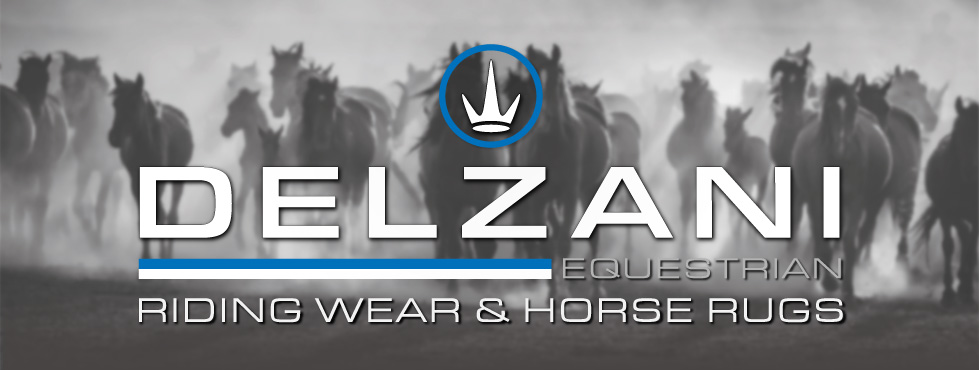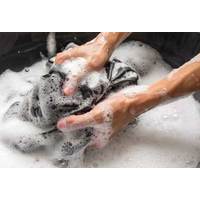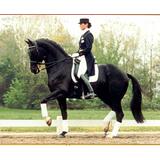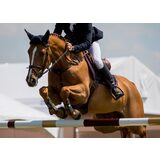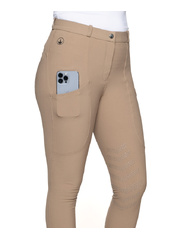Choosing the perfect horse riding sock
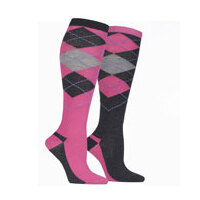
Best Horse Riding Socks in Australia | Fabrics, Features & Comfort Explained
Updated March 2021
A practical guide for Australian riders on choosing the best horse riding socks - covering fabrics, fit, and performance features that keep feet cool, dry, and blister-free in the saddle all day.
The right horse riding socks make all the difference. Whether you’re in tall boots at a competition, schooling at home, or out on a long ride, a well-designed sock prevents blisters, wicks sweat, and keeps your feet comfortable all day. At Delzani, we know Australian riders need socks that perform under pressure, wash after wash without stretching, sagging, or rubbing.
What Are Horse Riding Socks?
- Designed to be worn inside tall boots or half chaps without bulk.
- Made from performance fabrics that wick away sweat (unlike cotton).
- Include features like arch support, seamless toes, and cushioned soles.
- Built to last through repeated washing and daily use.
Everyday socks won’t cut it; riding socks are engineered for comfort, fit, and durability in the saddle.
Horse Riding Sock Fabrics: What Works Best
Did you know your feet can sweat up to 400ml in a single day? Riding boots trap heat, so fabric choice is crucial. The golden rule: avoid 100% cotton. Cotton absorbs moisture and stays wet, leading to blisters and odour.
- Nylon & polyester blends: wick moisture, dry quickly, and stay durable.
- Spandex/Lycra (2–5%): add stretch for a secure, stay-up fit.
- Performance knits: regulate temperature, reduce bulk, and hold shape.
Delzani horse riding socks use a premium nylon/polyester blend with spandex for the perfect balance of comfort, durability, and fit.
Delzani Riding Socks vs Everyday Socks
| Feature | Delzani Riding Socks | Everyday Socks |
|---|---|---|
| Fabric | Nylon/polyester blend with spandex; wicks sweat, dries fast, holds shape. | Often 100% cotton; absorbs moisture, stays wet, stretches out. |
| Fit | Elasticised arch & instep support, seamless toe, anatomically shaped heel. | Basic tube design, seams that rub, no arch support. |
| Comfort in Boots | Slim profile with cushioning in key areas, designed for tall boots. | Bulky, can bunch inside boots, no targeted cushioning. |
| Durability | Retains shape and comfort through repeated washes. | Stretches, thins, or loses elasticity after a few wears. |
| Performance | Moisture control, blister prevention, long-lasting comfort. | Traps sweat, causes rubbing and odour, wears out quickly. |
The verdict? Everyday socks can’t match the comfort, durability, and performance of Delzani horse riding socks designed for riders, made for Australian conditions.
Anatomy of a Great Riding Sock
Not all socks are created equal. Here’s what sets Delzani socks apart:
- Welt (Top Cuff): double-layer knit to keep socks secure without digging in.
- Ribbing: true rib construction helps socks stay up while staying flexible.
- Instep & Arch Support: elasticised panels keep socks in place and reduce foot fatigue.
- Toe Pocket & Seam: double-layered, seamless design for comfort and blister prevention.
- Sole: cushioned for shock absorption during long days on your feet.
- Heel: anatomically shaped with thicker fabric at key rub points.
What Makes Riding Socks Different from Everyday Socks?
- Designed to be slim and smooth under tall boots.
- Moisture-wicking fabrics prevent soggy feet and odour.
- Targeted cushioning where riders need it most (heel, sole, arch).
- Durable construction to withstand friction from boots and stirrups.
FAQs About Horse Riding Socks
Do I need special socks for riding?
Yes. Regular socks absorb sweat and rub. Riding socks wick moisture and provide targeted support for all-day comfort.
Are thick or thin socks better in riding boots?
Thin, performance fabrics are best; they prevent bulk inside boots while still cushioning impact.
How long do good riding socks last?
With proper washing, quality socks like Delzani’s riding socks last for seasons without stretching or thinning.
Shop Premium Riding Socks with Delzani
Your feet deserve the same attention as your tack. Upgrade to Delzani horse riding socks, designed for breathability, comfort, and long-lasting performance. Pair them with riding tights, breeches, and shirts to complete your riding wardrobe.
Written by Jane Griffiths - An experienced Australian horse owner and product developer with over three decades immersed in equestrian life. Jane has spent years refining horse rugs, tack, and riding apparel to better suit Australian climates. She has enjoyed countless weekends at gymkhanas, show jumping events, and pony club competitions with her daughter, and still loves hitting the trails with friends whenever she can. Her lifelong passion for horses and hands-on understanding of equine comfort continue to shape her practical, rider-first approach to horse care and product design.
Leave a comment
Related Equestrian Guides
Equestrian Breeches & Tights - Washing Guide
Care for your breeches the way you care for your horse — with precision, patience, and pride. The right wash routine keeps your Delzani riding tights and breeches performing beautifully, ride after ride.
A guide to seat grips on our Breeches & Tights
It is interesting to learn how silicone is applied to breeches. Silicone is applied much like screen printing and there can be anywhere from 3 to 10 layers - building up the silicone. The number of layers affects the long-term quality.
Riding Shirts - Washing & Care Guide
Delzani equestrian shirts are made to be worn, not worshiped. Throw horses into the mix and this means they get dirty. However, with proper care, your new equestrian show shirt can last for several years and continue to look great.
Dress for Success - Dressage Dress Code
Want to look your best at your next Dressage Event but not sure what the rules are? Understanding exactly what is and isn’t permitted in regard to dress standards for dressage riders can be very helpful when putting your competition wardrobe together.
Dress for Success - Showjumping Dress Code
Understanding exactly what is and isn’t permitted in regard to dress standards for Showjumping competitors can be very helpful when putting your competition wardrobe together.
The Ultimate Guide to Choosing the Perfect Horse Riding Breeches for Every Discipline
Expert Tips and Insights for Selecting the Ideal Horse Riding Breeches to Enhance Your Performance and Comfort.
Rider's Guide: How to Wear Women’s Equestrian Polo Shirts with Quiet Luxury this Summer
Master the art of quiet luxury in equestrian fashion—learn how premium fabrics, refined cuts, and modern placket choices make women’s polo shirts the ultimate expression of understated rider elegance.

